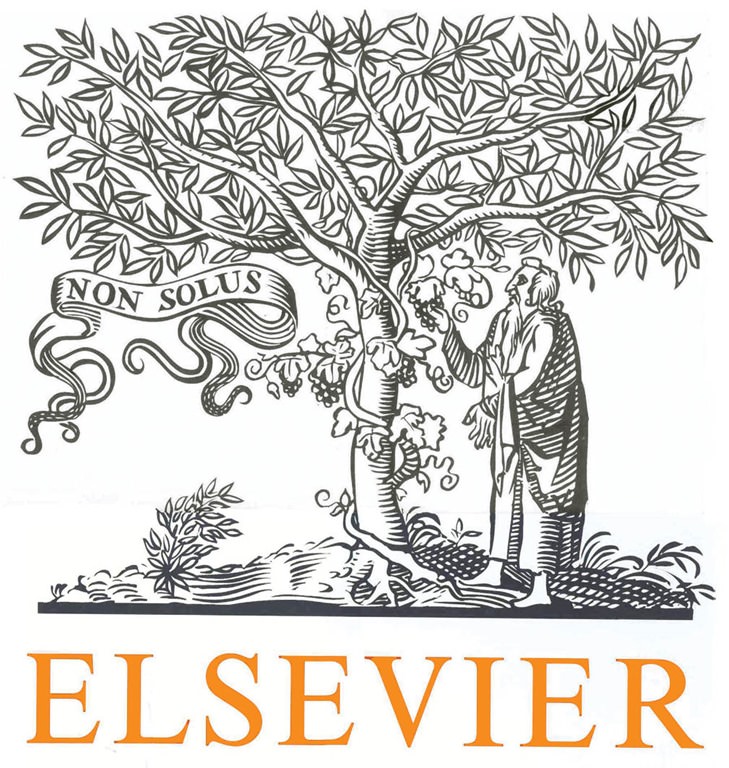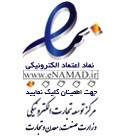Conclusions
This paper has dealt with the description of the setup of and the results from a large-scale fire test on a substructure of a typical subway station. The test results are considered to be useful for theoretical and numerical research. The main conclusions are as follows:
(1) Due to the thermal inertia of concrete, the temperature in the concrete is still increasing for a while after termination of the heating process. The highest temperature inside the structure in this test occurs after termination of this process.
(2) The most seriously fire-affected members of underground structures are the columns. They are subjected to the fire at four sides and, thus, the temperature inside the column is increasing fast. Moreover, they bear a high intensity of compressive loading, which may indirectly lead to increased cracking. This suggests that the columns need more attention in fire-resistance design.
(3) During the heating process all slabs experienced a thermal expansion. While the increase of the deformations of the top slab during the heating process was relatively small, the increase of the deformations of the lateral slab during this process was significant.
(4) Since the slab does not have lateral restraints, curling occurred during the heating process.
(5) In the test, the actual fire curve was used instead of a scaled fire curve. The consequence of using the actual fire curve needs to be further studied by means of experimental tests or numerical simulations. This paper gives the results of only one large-scale fire test, more experimental tests will be necessary in the future research.








